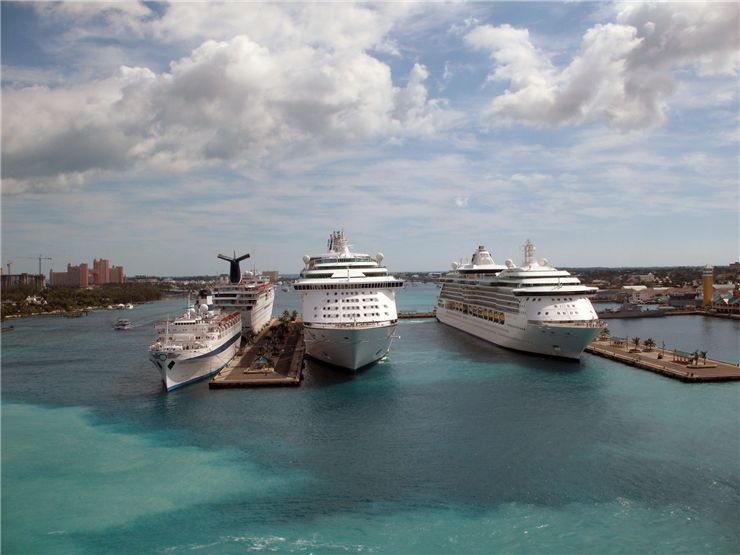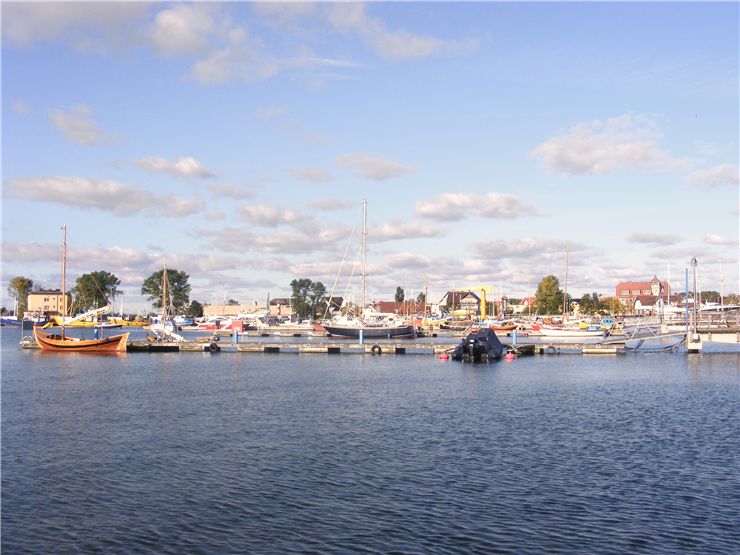History of Research Ships - HMS Endeavour
Research ship is a ship which is designed and equipped to carry out different kinds of research at sea. Some are made to carry just one type of research while other are equipped in way that allows them to carry a range jobs.
For a first research ship is considered HMS Endeavour. She was launched in 1764 as the collier (bulk cargo ship) “Earl of Pembroke.” British Royal Navy purchased her in 1768 and renamed her HMS Endeavour. Navy also hired Lieutenant James Cook to travel to the Pacific Ocean to observe and record the transit of Venus across the Sun and to explore the seas for the surmised “Terra Australis Incognita” or "unknown southern land." Along with Cook traveled naturalist Joseph Banks, Banks' assistants Daniel Solander and Herman Spöring, astronomer Charles Green, and artists Sydney Parkinson and Alexander Buchan. They departed from Plymouth on 26 August 1768, with 94 people and food for 18 months. On 12 September Endeavour reached Funchal in the Madeira Islands and Rio de Janeiro on 13 November. She reached Tahiti on 10 April 1769 in time for transit of Venus across the Sun. Endeavour remained there for the next three months and on 3 June transit was observed and recorded by astronomer Charles Green. After Endeavour departed Tahiti on 13 July, they headed northwest and claim Huahine, Raiatea and Borabora as British territories. Exploration of the open ocean for Terra Australis Incognita began on 15 August when Endeavour turned south. In October they reached New Zealand and spent there six months mapping the coastline. After that they continued their voyage westward to arrive at the east coast of Australia on 29 April 1770. Next four months were spent in charting the coast of Australia until on 11 June 1770 the ship struck a reef. The ship was lightened, floated on the tide and successfully drawn off in the evening of the next day. Hole in the hull was closed with a sail which allowed the ship to stay afloat, get to the coast and be repaired on the beach. Ship continued her voyage westward and survived a tropical storm but because she was damaged more serious repairs were in order. Fixing was finished on Christmas Day 1770 and tomorrow Endeavour set sail westward towards the Indian Ocean. On the return voyage, malaria struck the crew and many of them died. Endeavour entered the port of Dover on 12 July marking the end of this voyage.
After HMS Endeavour there were many other research ships. One of the most famous was HMS Beagle which, on its second voyage from 1831 to 1836 carried Charles Darwin who wrote a travelogue and scientific journal of this travel which become known as The Voyage of the Beagle. HMS Challenger was a steam-assisted Royal Navy Pearl-class corvette which carried Challenger expedition between 1872 and 1876 in length of 70,000 nautical miles (130,000 km). Its task was surveying and exploring of ocean and nature. This expedition discovered and catalogued over 4,000 previously unknown species. RV Calypso was at first British Royal Navy minesweeper but it was converted into a research vessel for the oceanographic researcher Jacques-Yves Cousteau.
Today, research ships are still in use and are fitted according to their purpose. Hydrographic survey ships collect information for nautical charts and conduct seismic surveys. Oceanographic research ships carry out research on the physical, chemical and biological characteristics of water. Fisheries research ships find fishes in the sea. Naval research vessels search for submarines and mines, and carry out sonar and weapon trialing. Oil exploration platforms search for oil in the seabed.

